The dimension of board management effectiveness of the assessment process for boards examines the board’s processes to manage the agenda of the board meetings, as well as the distribution of written reports. It’s important to make sure that there is a clear definition of responsibilities with timelines and measurable outcomes for each item on the board’s agenda.
Another crucial aspect is the ability of the board to recognize and respond to business risks and challenges in a timely fashion. Whatever the issue, whether it’s shareholder activism, or cybersecurity, boards must to be flexible and adaptive in their approach to these evolving threats.
In addition, the capacity of the board to help and inspire the CEO as well as the senior management team is essential in helping them complete their day to day duties. A boardmaps software thorough evaluation of the board can aid in reestablishing the specific role and purpose of the C-Suite and the board of directors, so that everyone is working toward the same goal.
The Board members’ knowledge of the company extends beyond what they are told by the management. It also includes their own research into the latest trends in economic headwinds, supplier, customer and other important stakeholder behaviors. Board members also visit locations and interact with management in informal ways between meetings, gaining direct information.
The board is well-organized and understands the information management structure with sufficient detail that allows for informed decision-making. This could include a reporting system for the board and notice matrix that clearly identifies the matters that require oversight by the board (mission-critical) and matters that do not (management matters). It could also be useful to have a governance matrix that spells the proper role of the board in relation to each of these areas.
